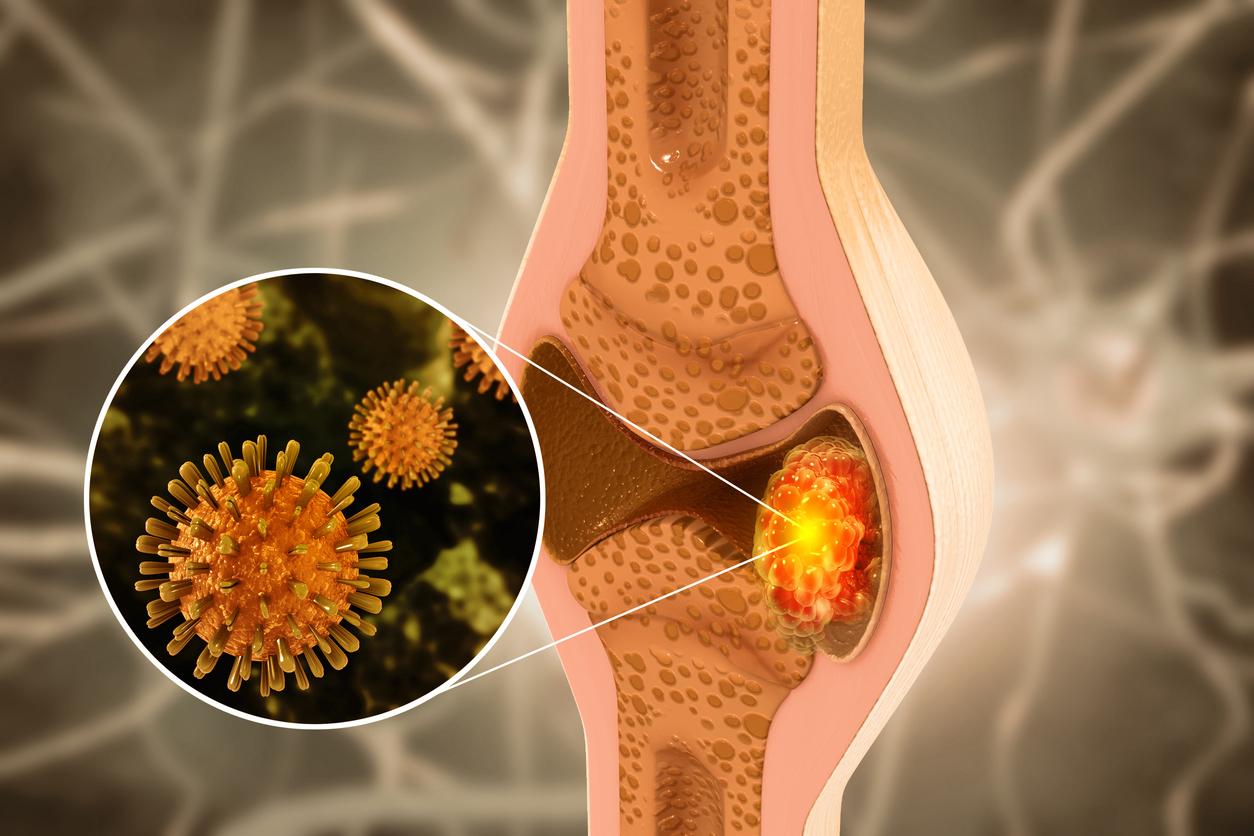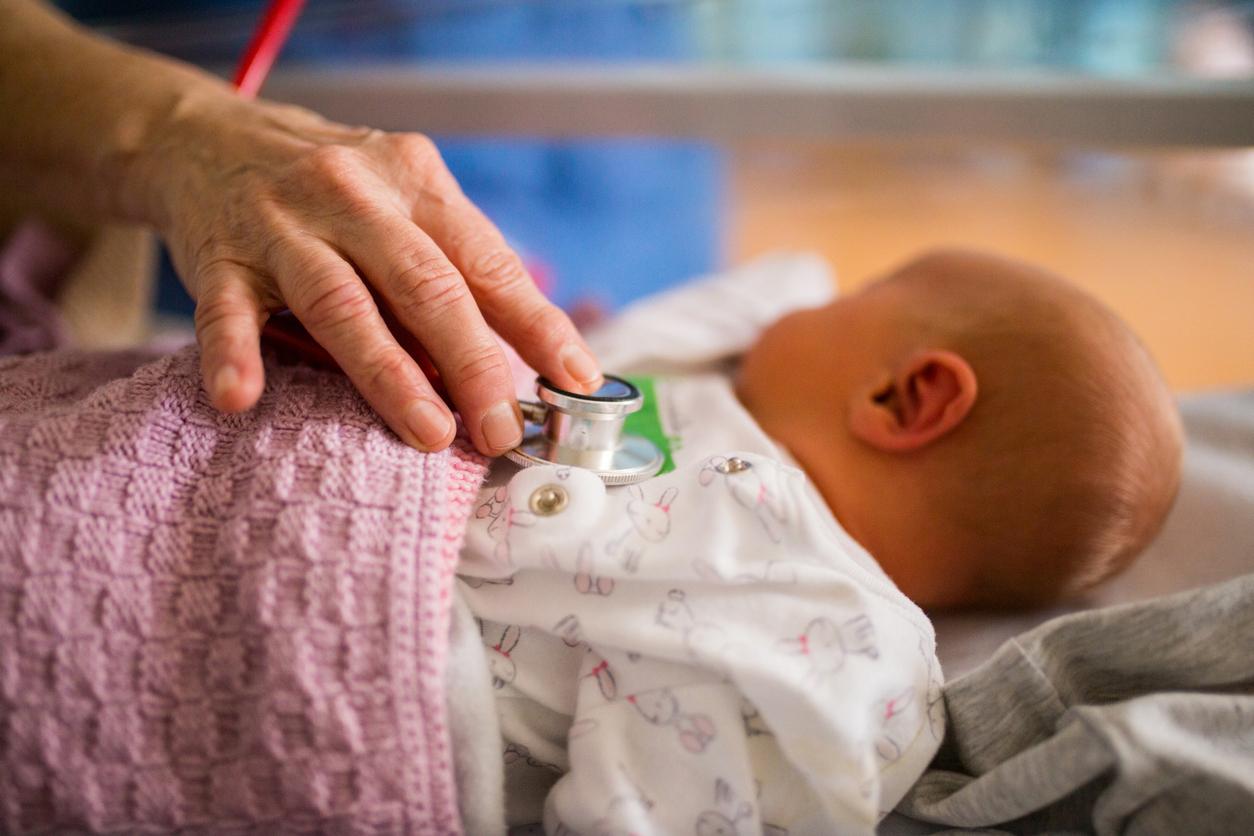- Vitiligo, what is it?
- Are there different types of vitiligo?
- Vitiligo: what are the symptoms of the disease?
- What are the causes of vitiligo?
- What are the treatments for vitiligo?
- Vitiligo: which vitamins to consume?
About 1 to 2% of the world’s population is affected by vitiligo. This autoimmune disease, a skin condition, is manifested by depigmentation of the skin. Former Prime Minister Edouard Philippe has suffered from it – in addition to alopecia – since the pandemic, a condition that probably arose due to his stress. “My beard has turned white under the effect of stress, no doubt from its impact on my metabolism: I can confirm that I have a disease called vitiligo, which is neither painful nor contagious, but which is very visible“, he confided in 2020 during an interview.
Vitiligo, what is it?
In France, about one in 100 people suffers from this autoimmune dermatological disease which is characterized by the appearance of white spots on the skin and which affects both men and women, adults and babies.
Read also:5 misconceptions about autoimmune diseases
To understand vitiligo, you have to go back to basics. Our skin is made up of three layers: the hypodermis, the dermis and the epidermis, the most superficial. The epidermis itself is divided into five layers and, in the deepest (the basal layer) are cells called “melanocytes”. Their role is well known to all those who like to bask in the sun: they synthesize melanin, a dark brown pigment responsible for the color of the skin.
But people with vitiligo produce abnormal antibodies thatdirectly attack melanocytes and block their action, thus preventing melanogenesis (or production of melanin). And since vitiligo results from a malfunction of the immune system (to which antibodies belong), it is said to be an autoimmune disease. As a result, patients see their skin (and even, sometimes, their mucous membranes) become covered with hypopigmented “spots”: well-defined whitish patches devoid of pigment because the melanocytes have been blocked.
Are there different types of vitiligo?
Vitiligo is divided into two types:
- THE segmental vitiligo, which affects a single area. It most often develops in children and young adults. It develops very quickly (a few weeks or a few months), then remains stable without evolution;
- THE generalized vitiligoforms the frequent which is relatively symmetrical.
“There are two types of vitiligosays Dr. Valérie Callot, dermatologist. In the case of vitiligo ggeneralized, we find spots all over the patient’s body, in particular at the level of the friction zones that are the tops of the hands, the knees or the tops of the feet. Conversely, localized vitiligo only results in spots on one side of the body, for example on a hand, arm or leg.“
Vitiligo: what are the symptoms of the disease?
In general, vitiligo appears before the age of 20. THE first signs of vitiligo well-defined white spots appear on the hands, face, arms or feet. Gradually, people with vitiligo are “tsimply out“covered with whitish spots, more or less numerous, more or less extensive depending on the patient. Nails, body hair and hair can also be affected and also become white, mainly in the case of segmental vitiligo.
Vitiligo is not neither painful nor contagious. The spots are not raised and do not itch either (in most cases, 20% of patients would suffer from a permanent sensation of itching) and the life expectancy of patients is not reduced. In short, on the physical level, the disease is benign, we do not die from it. However, it can have serious psychological consequences. If some patients manage to assume it, in the vast majority of patients, self-esteem is deteriorated. Vitiligo could be the cause of discrimination, especially among black-skinned patients on whom it is seen even more, or of mockery: false ideas persist in France, especially around the fact that vitiligo is contagious. Moreover, its evolution remains unpredictable and can have an impact on the patient’s quality of life.
“Symptoms are aesthetically unsightlyanalyzes Dr. Valérie Callot. Thus, patients develop stress, anxiety, even depression. They feel compelled to hide their pathology, as if it were shameful.“Furthermore, as vitiligo has no physical consequences, patients frequently have the feeling of not having to complain, which reinforces their psychological discomfort. The vicious circle is set in motion.
What are the causes of vitiligo?
Not easy to pinpoint a culprit: the causes of vitiligo are still poorly understood. However, several hypotheses shed light on the origins of this multifactorial disease, which is found more frequently in India, in the countries of the Middle East and in the Maghreb.
First, the genetic. In 2010, an American study conducted by the National Center for Biotechnology Information managed to isolate 10 genes involved in immune response mechanisms that may play a role in people with vitiligo. “Moreover, in consultation, we frequently find a family history of vitiligo“, adds Dr. Valérie Callot. Hereditary transmission concerns less than 10% of cases.
But the free radicals could also have their share of responsibility in the development of this dermatological disease. In 2009, another American study commissioned by the National Center for Biotechnology Information showed that the accumulation of free radicals could lead to “self-destruction” of melanocytes.
Stress can also cause vitiligo or make it worse if it already exists. “It is important to consider the psychosomatic causes of vitiligo“, adds Dr. Valérie Callot. “The disease can very well be triggered following a emotional shock or trauma“.
What are the treatments for vitiligo?
AT this day, there is no miracle treatment which would stop or even cure vitiligo. He can’t be cured permanently. Nevertheless, patients have the option of having their white spots repigmented.
For this, several methods exist but the most widespread of them is theUVB exposurewhich stimulates the remaining melanocytes to make them produce melanin again. This is done either in a cabin or using an excimer lamp which will concentrate UVB only on the spots, when these cover less than 10% of the surface of the body. “This method gives good resultsexplains Dr. Valérie Callot. However, it takes at least 24 sessions to see an improvement in pigmentation, and the treatment lasts at least 3 months. It is long and expensive, although it is partly reimbursed by social security.“
At the same time, patients are exposed to the sun, again in order to stimulate the remaining melanocytes. “We also prescribe a cream containing immunomodulatory compounds, which make it possible to slow down the action of abnormal antibodies.“, adds Dr. Valérie Callot.
Finally, as a last resort, there remains the surgery via autograft (this involves taking a piece of non-depigmented skin from the patient’s thighs or buttocks to graft it onto a white spot) or even dermotatoing (this involves tattooing color on the least receptive white spots to UV-B, like the nipples) but these techniques remain quite expensive.
“With these treatments, we generally manage to repigment the spots on the face in 80% of cases, and the spots on the back of the hands or feet in 20% of cases.summarizes Dr. Valérie Callot. The evolution of the disease depends on each patient: sometimes it will stabilize quickly, sometimes new spots will appear or even disappear..”
Vitiligo: which vitamins to consume?
If exposure to the sun has proven its effects against vitiligo, a vitamin D supplementation could also have a beneficial role. “Vitamin D plays an essential role in our health and our immune system“, recalls the French Vitiligo Association.
“Vitamin D analogues, especially calcipotriol and the tacalcitolhave been used as topical therapeutic agents in vitiligoindicates the AFV. They target the local immune response and act on the specific activation of T cells. These vitamin D3 compounds influence the maturation and differentiation of melanocytes, in addition to regulating melanogenesis.” While studies are still needed to further investigate the role of vitamin D in the treatment of vitiligo, it may well serve as a complementary therapy.
Read also :Vitamin D: the top foods that contain the most
Thus, in case of vitiligo, it is recommended to consume foods rich in vitamin D such as fatty fish (herring, sardines, salmon, mackerel), dairy products, cheese, meat or egg yolks.
Sources:
- Interview with Dr Valérie Callot, dermatologist in Paris
- French Vitiligo Association

















